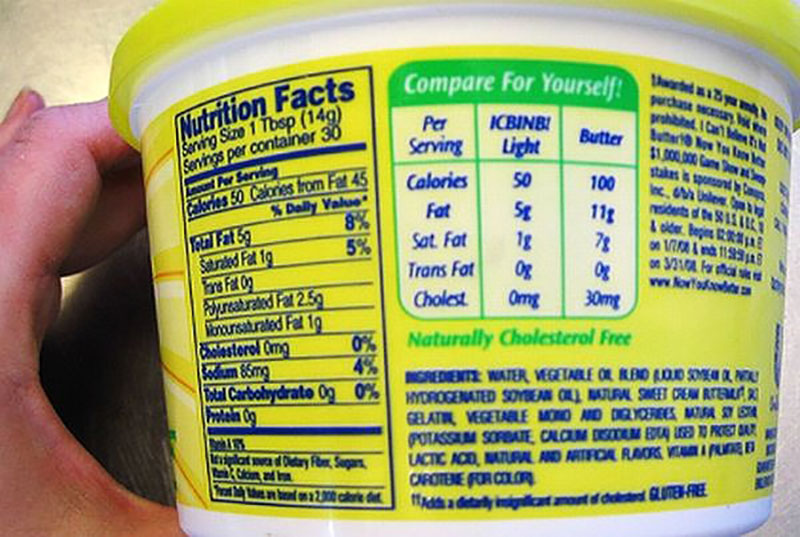Frequently asked questions about how products are labeled.
Written by Joy Bryant and Lenny Berl
—
[dropcap]In the U.S., a food label must be attached to any packaging that contains a food. Labels are regulated by the U.S. Department of Agriculture (USDA) and the Food and Drug Administration (FDA). This article focuses on packaged foods and beverages labeled according to the FDA Guidelines. Food labels must identify the: food, quantity, ingredients, nutrition facts and contact information for the manufacturer and/or distributor. Food labels can be straight forward, misleading or confusing. [/dropcap]What’s in a name?
Common or established foods cannot be labeled using a new name. Beverages, drinks and juices have unusual requirements. Beverages that are 100 percent juice may be called juice. However, if the juice is diluted, then the label must include juice and one of the following terms: beverage, drink or cocktail. For example, a juice labeled “juice cocktail” is not 100 percent pure juice.
Are the quantities listed on the package accurate?
The net quantity statement (net weight) refers only to the quantity of food in the package and should not include the weight of the packaging materials. If water or some other liquid is added to the food in the container, the water weight or volume is included in the net quantity. Using the juice cocktail example, if the net weight is 16 fluid ounces, it is possible that only 2 fluid ounces is pure juice and the rest of the cocktail may be water or some other liquid.
Just what exactly is in this?
Ingredients are listed on a food label in descending order, starting with the ingredient that weighs the most and ending with the ingredient that weighs the least. Water is listed as an ingredient if it is added while making a food and it is not removed during the cooking or baking process. Common ingredient names should be used. For example, sugar should be used instead of the scientific term sucrose. Also, chemical preservatives must be listed by their common names and include the function of the preservative, such as “ascorbic acid to promote color retention.” Surprisingly, foods containing trace ingredients, that have no functional effect in the finished product, are not required on the label.
I have food allergies, are all allergens found on the label?
In order to protect consumers, eight major food allergens must also be included in the ingredient list: milk, egg, fish, crustacean shellfish, tree nuts, wheat, peanuts and soybeans. These major food allergens account for 90 percent of all food allergies. More than 160 foods have been identified to cause food allergies. Not all are required to be listed on the label.
Who is responsible for the quality of a product?
The name and address (city, state and zip code) of the manufacturer, packer or distributor must be included on the label so the product is traceable in the event there is an illness or issue. If the firm listed is not the manufacturer, a statement such as “manufactured for” or “distributed by” must be included.
What if I can’t find the nutrition facts on my product?
Typically, the nutrition facts are found on the same label panel as the manufacturer’s address and the ingredient list. Nutrition facts are required, but the FDA grants exemptions for foods manufactured by small businesses, as well as those intended for immediate consumption and that provide no significant nutrition. Nutrition facts are calculated by the manufacturing company who is responsible for the label accuracy.
What is the purpose of a barcode?
A manufacturer voluntarily uses a barcode to track inventory and ingredients. This becomes essential in cases involving food borne illnesses or other issues.
What is the difference between Lot Numbers, “Best By” Dates and Expiration Dates?
Lot Numbers provide traceability to the manufacturing time and date. A “Best By” Date refers to product freshness. An Expiration Date refers to product spoilage. Although a product may be past its best by date, it is still safe for consumption.
Why are there extra nutrition claims on the front of the label?
Nutrition claims tout the added nutritional value of the product, luring the consumer to purchase. Nutrition claims, such as “high in fiber” or “low in sodium,” can only be made when the product meets the minimum threshold set by the FDA.


